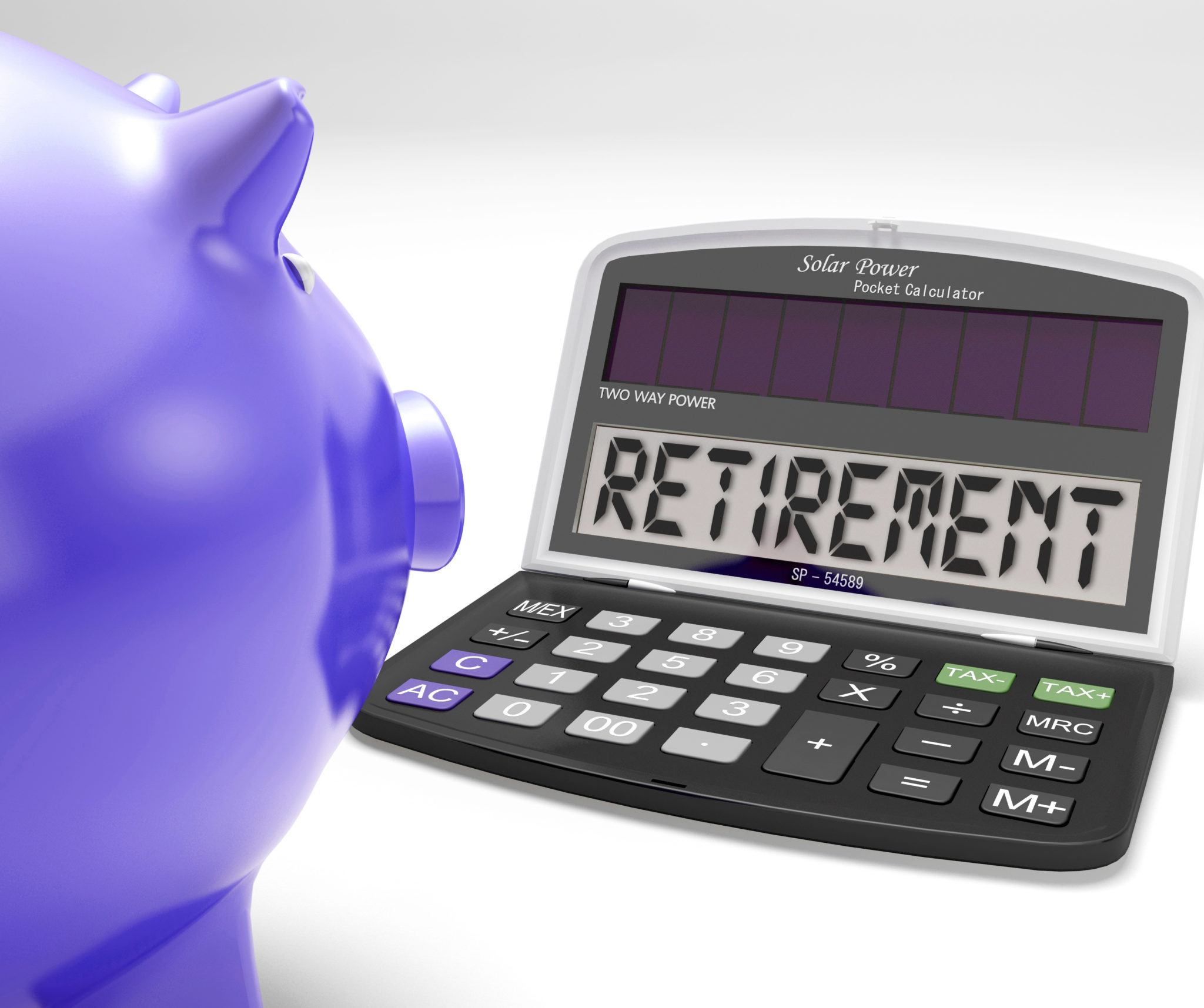
Too Safe a Withdrawal Rate?
A few years ago, I wrote a blog entitled, “Did I Make Your Asset Allocation too complex?” That was after Warren Buffet wrote he believed a 90% Vanguard S&P 500 index and a 10% T-bill allocation would take care of his widow after he was gone. He told his trustee to use proceeds from the S&P 500 index in good years, and from T-bills in bad years to fund her budget.
I recently remembered that missive, when reading an article about safe retirement savings withdrawal rates on Forbes.com by Wade Pfau, Ph.D., entitled “How Much Of Your Savings Can You Spend Each Year In Retirement? The Answer, Updated for 2018”. I thought, oh no, I’ve been encouraging too conservative a withdrawal rate and maybe our clients should consider using a more aggressive withdrawal percentage and enjoy more of their lifetime savings.
Some of the original studies of retirement withdrawal rates by William Bengen and what is known as The Trinity Study, confirmed 4% as a safe withdrawal rate through bad times and good times with a 50% stock, 50% bonds and cash asset allocation. More recent studies looked at different asset allocations (stock and bond mixes) and confirmed 4% as a safe rate except for one or two allocations that fell below that mark.
So what did I do after reading the different asset allocation studies a decade ago? I stared showing a 3.6% safe withdrawal rate to cover any asset allocation. To partially offset that reduction of cash flow, I usually urged increased spending in Phase 1 of retirement labeled by Pfau as the “Go-Go Phase” that might partially make up for a conservative safe withdrawal rate.
This most recent Forbes.com Pfau article includes this chart showing safe withdrawal rates for 30 year time periods going back to 1926. So almost anytime you started withdrawing since 1926, a 5% withdrawal rate would have been a pretty good choice except starting in 1966-74 or deep in the depression of the 1930’s.
Remember, this is chart, reflecting recent research, is looking in the rearview mirror and not predictive of future success. Notice that only if you started in 1966 and withdrew at 4% for 30 years would you have had to stay at such a low rate.
My thought after reading Dr. Pfau’s article and seeing this chart is that folks can begin taking distributions from their savings and investment accounts at a higher rate than I previously thought possible and still be safe. Safe is not all that well defined, mind you, and is in the mind of the client or reader.
The conclusion that you should consider? Think about employing a 5% withdrawal rate in addition to more spending in the Go-Go phase of retirement. As always, you should do this in conjunction with professional advice and not just reading my opinion.




